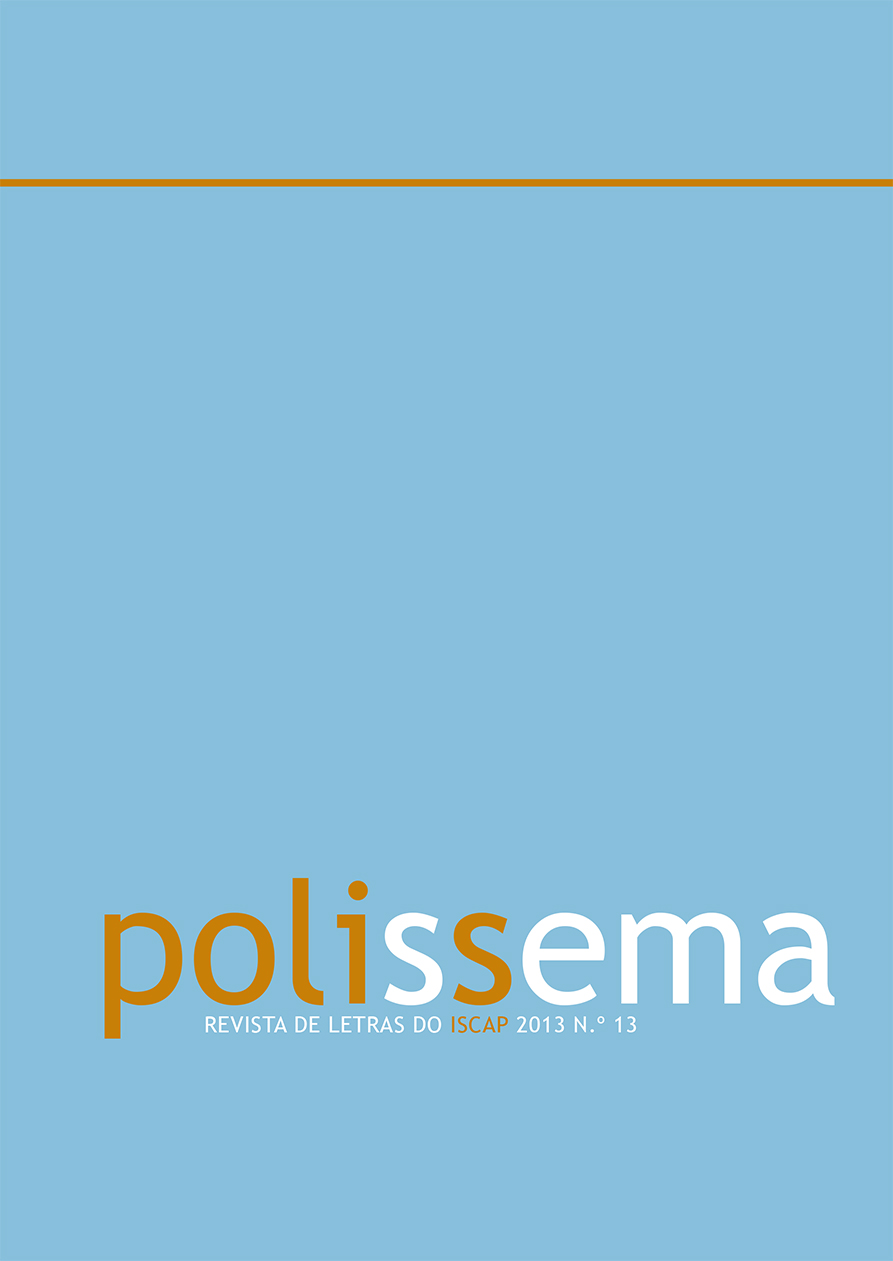ANALYSIS OF THE TRANSLATION OF ABEL SALAZAR'S BOOK A CRISE DA EUROPA
DOI:
https://doi.org/10.34630/polissema.v0i13.3022Keywords:
Abel Salazar, European Crisis, Translation, Time lag in translationAbstract
The present article analyzes the translation, into English, of A Crise da Europa, by Abel Salazar, and intends to explore the methodology used in the translation and the options that were made in the production of the target text. The cooperation agreement established between the Casa-Museu Abel Salazar and the ISCAP set the tone for this collaboration which resulted in the publication of the translated book, ensuring the accessibility of Abel Salazar’s legacy to an increasing number of people.This paper aims, not only at making the author’s work available to new audiences, through the publication of his work in what is now the universal language - English -, but also at sheding some light on who Abel Salazar was, in all his superb plurality. The book was written between 1937 and 1942, so the time lag separating the author from the translator resulted, necessarily, in a study of the evolution of the portuguese language, taking into account the different spelling agreements that have been shapingit through the years - a very tangible reality for us, at this particular moment. The time lag between author / source text and translator / target text is evidenced through explanatory examples of situations that clearly illustrate it, as well as reveal the translator’s choices.
Downloads
Published
How to Cite
Issue
Section
License
Copyright (c) 2013 POLISSEMA – ISCAP Journal of Letters

This work is licensed under a Creative Commons Attribution-NonCommercial-NoDerivatives 4.0 International License.


